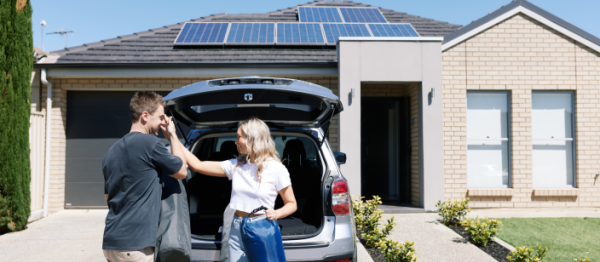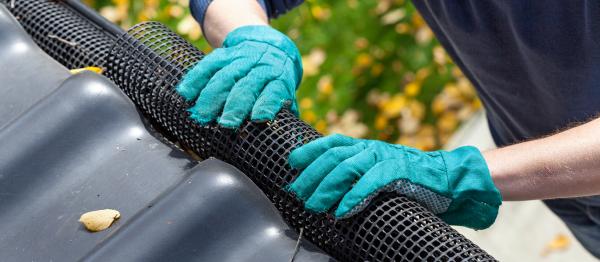This article was originally published in August 2023 and has been updated.
Share this story:
Regular inspection and maintenance can help prevent trees from becoming unstable or diseased, reducing the likelihood of them falling or breaking during severe weather. Here’s our guide on what to look out for, and when to call in the professionals.
Storms can be intense, and sometimes, heavy rain and strong winds that can take a toll on trees and branches, causing them to fall or become projectiles. Being aware of the risks to your property and vehicles when this occurs, can help you confidently weather the storm by taking proactive steps to protect your surroundings.
One of the most effective ways to reduce the risk of damage and injury during a storm is to keep the trees and branches in your yard in tip-top shape. But how do you recognise which trees and branches are ready for the chop? Here are 6 things to look out for:
Dead branches may appear dry, brittle, brown or grey and lack leaves or buds. Diseased branches may have spots, discoloration, abnormal growths and a wilting appearance with yellowed or browned leaves. Weak branches may be thin, spindly, drooping or bent. These are most likely the first to be affected by a storm and cause damage to your home if left unkept.
Friction between crossing branches can cause the wood to open, leaving the plant susceptible to disease and decay. These can quickly spread to other parts of the tree and even cause it to die.
Sometimes weight on these branches isn’t evenly distributed, putting them at high risk of breakage.
Large cracks in tree trunks and branches can be a sign of structural weakness or damage, which can make the tree more susceptible to dying and potentially cause safety hazards. Trimming the affected branches can help to prevent further damage and reduce the risk of injury or property damage from falling branches.
When branches are overhanging too close to windows, roofs, skylights and gutters, it makes them a safety hazard.
These trees must be inspected by a professional arborist. They should be pruned regularly to reduce the possible dangers and risk of causing significant damage to your home and your area’s power supply.
Trimming and removing larger trees and branches is a tedious task involving heavy equipment and working at heights. For your safety and property protection, approach every tree-trimming situation with caution. Often small trees and shrubs are easily manageable on your own. But taller trees and overhanging branches too close to powerlines will require an arborist – someone who is a professional in arboriculture. A qualified and fully insured arborist should undertake these jobs:
Before you reach for the shearing scissors, follow these steps.
Wear safety gear, including glasses and gloves
Only trim trees and branches to your capability – starting with smaller branches at the tree’s base before moving on to larger branches within your reach. If ever in doubt, have a certified arborist assess your yard to determine the best course of action for the health and safety of the trees.
So, the next time a storm is on the horizon, feel prepared and confident that you’ve done your part to protect your property, vehicles and neighbourhood. By staying on top of tree maintenance, you’re taking an important step towards safeguarding your surroundings and weathering the storm like a pro.
All content on the NRMA Insurance Blog is intended to be general in nature and does not constitute and is not intended to be professional advice.


